Regardless of what a patient presents with, the food they consume — their nutrition — is the foundation of their progress. Persons with gluten sensitivities are certainly not exempt. In fact, nutrition is especially important for this population. Before these individuals realize gluten is the trigger, they are already sorely in need of key vitamins and minerals such as iron, calcium, B12, folate, magnesium, phosphorus, zinc, and vitamin D. Then, once they are aware of their gluten sensitivity, the avoidance of grains and fortified foods may lead to further nutritional difficulties. Fortunately, with a little help, it is easy to learn how to eat a nutrient-dense, whole-food diet that is gluten free and contains all the vitamins and minerals necessary to promote the integrity of the gut and overall health.
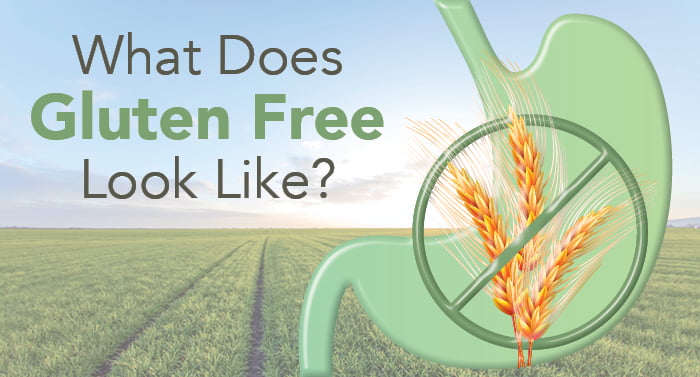
First let’s identify where gluten is found in the diet. Gluten is a protein found in wheat, barley, and rye. It sounds simple enough to remove these three grains from our diet. However, there’s a challenge. Gluten is not only found in the obvious foods where flour is the key ingredient such as breads, cereals, pasta, and baked goods. Gluten is also used as a filler, a binder, and a processing aide in many other processed foods like condiments, soups, gravies, luncheon meats, and so many other foods. And it is not just food we have to be concerned about — supplements, prescription medications, and even skin care products often contain gluten.
What Can You Eat?
All the information available for eating gluten-free can be overwhelming. A dietitian’s biggest challenge often is telling clients what they CAN’T eat. We’ll get to that below. But first let’s focus on what you CAN eat!
- Persons with gluten sensitivities can eat all fresh fruits and vegetables — all of them! They are loaded with vitamins, minerals, antioxidants, phyto-nutrients, fiber, and naturally occurring compounds. The more color, the better. Organic is best when possible, or purchase from a local farmer who uses sustainable agriculture practices with no harmful herbicides or pesticides.
- The gluten-free diet allows for all fresh or frozen (not processed) animal proteins such as beef, poultry, pork, and seafood. Proteins supply vital amino acids necessary for growth and repair of damaged tissue. Again, organic when possible or ask for grass-fed, free-range, wild-caught animals with no growth hormones or antibiotics.
- Eggs; plain, unflavored milk and yogurt; and aged hard cheeses such as cheddar, Swiss, Edam, and Parmesan are naturally gluten-free as well. Check the ingredient list on cottage cheese, cream cheese, and all pasteurized, processed cheese. (Note: eggs and dairy are common allergy foods so you will want to confirm there are no sensitivities to these foods.)
- Healthy fats will supply the necessary fat-soluble vitamins and essential fatty acids. These include olive oil, coconut oil, avocado, nuts, seeds, and butter from grass-fed cows.
- Last on the list are whole, naturally gluten-free grains such as brown or wild rice, quinoa, amaranth, millet, and teft. These grains are a good source of B vitamins, minerals, and fiber essential for a healthy gut. Because they are naturally gluten-free, these grains are not always labeled as such. If the grains are no longer whole and have been processed into flour or meal, be sure they are specified “gluten-free.” Again, unless the oat product is specifically labeled “gluten-free,” there is the possibility of cross-contamination.
FOODS TO AVOID ON A GLUTEN-FREE DIET
Breads and starches:
- Bread crumbs
- Cereals, including muesli, oatmeal, farina, and other hot cereals
- Couscous
- Crackers, and trail mixes with small crackers
- Packaged rice and noodle mixes
- Pretzels
- Some rice cakes, rice crackers, and popcorn cakes
- Wheat or flour tortillas
Avoid all breads, cereals, pastas, baked items, and mixes that contain these grains or ingredients:
- Barley, bulgar
- Cereals with added malt extract and malt flavoring, such as Cheerios
- Wheat flours, including white flour, gluten flour, graham flour, high protein flour, and pastry flour
- Gluten, vital gluten
- Kamut
- Oats, oat bran
- Rye
- Semolina
- Spelt
- Triticale
- Wheat bran or flour, wheatgerm, or unnamed starch
- Wheat flours, including white flour, durum flour, gluten flour, graham flour, high protein flour, and pastry flour
Dairy Foods:
- Chocolate drinks, hot cocoa mixes, and chocolate milk
- Malted milk drinks
- Processed cheeses
- Some puddings, ice creams, frozen and flavored yogurts
Fruits and vegetables:
- Baby food fruits with starch added
- Breaded vegetables
- Cream soups or vegetables with flour
- Fruit jams, jellies, sauces, spreads, or syrups with thickeners
- Fruit pies, pastries, and cobblers made with any of the grains listed in the breads and starches section
- Some French fried potatoes (especially those in restaurants), and flavored potato chips.
Meat and other protein sources:
- Breaded meat, fish, or poultry
- Canned baked beans
- Casseroles made with flour or pasta
- Chicken, turkey, or other deli meats and roasts made with processed vegetable protein
- Corned beef
- Foods with macaroni, noodles, or pastas made from types of flour listed in the breads and starches section
- Imitation seafood, imitation bacon
- Meat dishes that include flours listed in the breads and starches section, such as meatloaf, Swiss steak, or meatballs
- Meats or meat dishes containing soup base or bouillon made with certain ingredients
- Packaged meats made with flour (such as cold cuts, lunch meats, hot dogs, sandwich spreads, pates, sausages, canned or imitation meats)
Fats, soups, sauces, and seasonings:
- Any soup made with noodles
- Certain salad dressings, such as malt vinegar. Read the label before buying the product
- Chip dips
- Gravies and sauces made with flour
- Most canned and dry soup mixes, as well as soup bases or bouillon mixes with yeast or vegetable protein
- Rice syrup
- Seasoning mixes
- Some brands of chili sauce and steak sauce
- Soy sauce made with meat
Desserts:
- All cookies, pies, pastries, and cakes made with any type of flour listed in the breads and starches section
- Fruit pies thickened with flour
- Ice cream and ice cream cones
- Licorice and jelly beans
Other:
- Additives, preservatives, and stabilizers found in processed foods, medicines and mouthwash
- Beer, ale, and malt liquor
- Cereal beverages (Postum, Ovaltine, etc)
- Certain imported foods. Imported foods labeled “gluten-free” may still contain wheat starch
- Flavored coffees
- Instant coffee made with wheat
- Medicines that contain gluten
- Non-dairy creamers
- Pickled foods
- Prepared mustard
- Some instant natural beverages
- Some spice blends such as curry powder, ground pepper mixes, and herb seasonings
- Sweets and candies made with certain ingredients
How can we learn to read labels and identify the hidden gluten?
The easiest way to avoid hidden gluten when first learning is to choose from the list of naturally gluten-free foods provided at the beginning of this article. Choose fresh, whole foods, as they most likely have no additional ingredients so they do not have to worry about hidden gluten and “other ingredients.” It is the processed, pre-packaged foods that they require more caution. When purchasing processed or packaged foods, you will want to look for “gluten-free” on the label.
But most often a label does not simply say “gluten.” The following is a modified list of the names for how gluten may appear in the “other ingredients” section of a label. These ingredients should be avoided as they contain the gluten protein:
- Any form of wheat, barley, or rye
- Brewer’s yeast
- Bulgur
- Durum
- Dinkel
- Farro/faro
- Graham flour
- Hydrolyzed wheat protein
- Kamut
- Malt extract
- Syrup or flavoring
- Malt vinegar
- Malted milk
- Matzo
- Modified wheat starch
- Seitan
- Semolina
- Triticale
Are oats safe to eat?
While wheat, barley, and rye are three grains known to contain gluten, many gluten-free advocates include oats in this list as well. Whole oats, oatmeal, oat bran, or oat flour should not be eaten unless they are from pure, uncontaminated oats. Oats, while technically gluten-free, may be contaminated during manufacturing, so it is important to look for oat products specifically labeled “gluten-free.”
How can you eat out and still remain gluten-free?
This can be difficult, and at first it might be best to avoid eating out until you have your diet under control. Fortunately, the awareness of gluten-free is growing, and there are more restaurants providing gluten-free options on their menu. The big concern here is cross-contamination. This means a naturally gluten-free food is prepared in a kitchen where breads, pasta, and other gluten products are prepared, and gluten can easily contaminate the gluten-free food. Some restaurants will dedicate an area as gluten-free to avoid cross-contamination, so make a phone call ahead of time to find out. Other situations may arise, such as a sleepover or friend’s dinner party, where you can prepare your own food and take it with you or eat ahead of time. Being prepared is always best.
How do I get my child to adhere to a gluten-free diet?
This is a real challenge mainly because kids do not want to be “different” and they want to fit in. They are also at a time where they are exerting their independence. The key is educating the child on the benefits of being gluten free for their health, and the consequences of not following the diet. The best success is when the whole family goes gluten-free, so there is no perceived difference while at home. For lunch at school or sleepovers with friends, the food needs to be prepared at home. Again, the prevalent awareness of gluten-free is on the rise, so more and more schools and families are familiar with the importance of eating gluten-free.
As with anything new, there is a learning curve and a period of changing old habits and learning new ones. The first step is being aware. Once gluten is identified as the trigger, the dietary modifications and adherence to a gluten-free lifestyle is the number one priority. Other treatments such as acupuncture, chiropractic, and supplementation will not works optimally until the gluten is removed. The gluten-free diet is paramount.
Supplementation
- A gentle herbal formula before and following meals that focuses on the health of the mucosal lining and villi*
- A probiotic supplement further supports digestion and the immune system while maintaining a healthy balance of friendly flora in the GI tract*
- A digestive enzyme formula with meals will aid in the proper digestion and absorption of all nutrients especially the carbohydrates and proteins specific to gluten sensitivity*
- A protease formula between meals will help encourage optimal blood flow and efficient elimination as well as help promote healthy tissues*
- Additional lipolytic enzymes for those who need extra support breaking down fats*
- An herbal and enzyme blend that feeds and fortifies the nervous system assisting with stress management*
- DHA and EPA Omega 3 fatty acids from fish oil concentrate to balance out the ratio of omega 6 fats in the standard diet*
- Nutritional building blocks for healthy growth of muscle, skeletal structure, and tissue*
Learn More!
Click here to download this blog post in article format.
-
Carbo-G*
$55.50 – $99.50 — or subscribe and save 5% Select options This product has multiple variants. The options may be chosen on the product page -
Digest*
$43.50 – $74.50 — or subscribe and save 5% Select options This product has multiple variants. The options may be chosen on the product page -
DigestZyme*
$36.00 – $88.00 — or subscribe and save 5% Select options This product has multiple variants. The options may be chosen on the product page -
EFA 1200mg
$32.00 — or subscribe and save 5% Add to cart -
GastroZyme*
$31.50 – $74.00 — or subscribe and save 5% Select options This product has multiple variants. The options may be chosen on the product page -
LypoZyme
$30.00 – $50.00 — or subscribe and save 5% Select options This product has multiple variants. The options may be chosen on the product page -
Probiotic
$20.00 – $64.00 — or subscribe and save 5% Select options This product has multiple variants. The options may be chosen on the product page -
Sale!
Probiotic 42.5
$16.80 – $31.65 Select options This product has multiple variants. The options may be chosen on the product page -
Protease
$43.00 – $78.00 — or subscribe and save 5% Select options This product has multiple variants. The options may be chosen on the product page -
PureZyme
$46.00 – $69.00 — or subscribe and save 5% Select options This product has multiple variants. The options may be chosen on the product page -
RepairZyme*
$30.00 – $49.00 — or subscribe and save 5% Select options This product has multiple variants. The options may be chosen on the product page -
ReZEN
$42.00 — or subscribe and save 5% Select options This product has multiple variants. The options may be chosen on the product page
- How to Pick Your Probiotic - October 30, 2024
- Do Probiotics Require Refrigeration? - August 14, 2024
- Five Pillars of Health - October 18, 2023
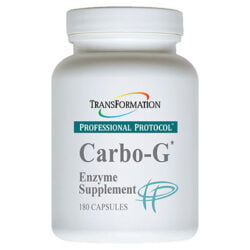

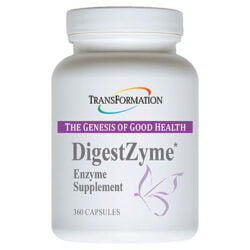
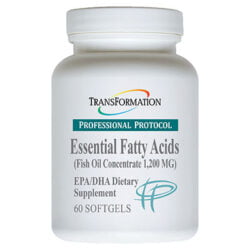
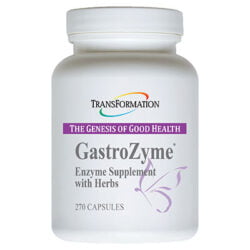
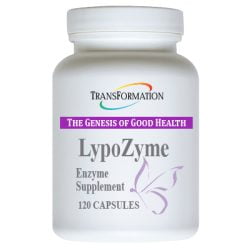
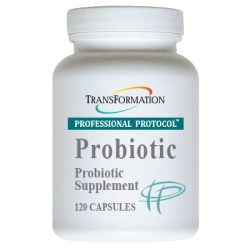
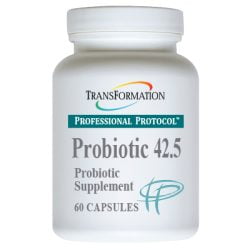
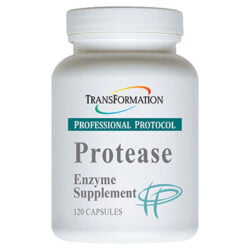
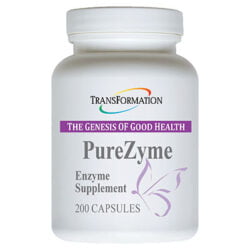
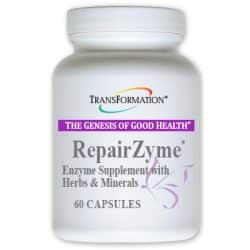


Leave a Reply